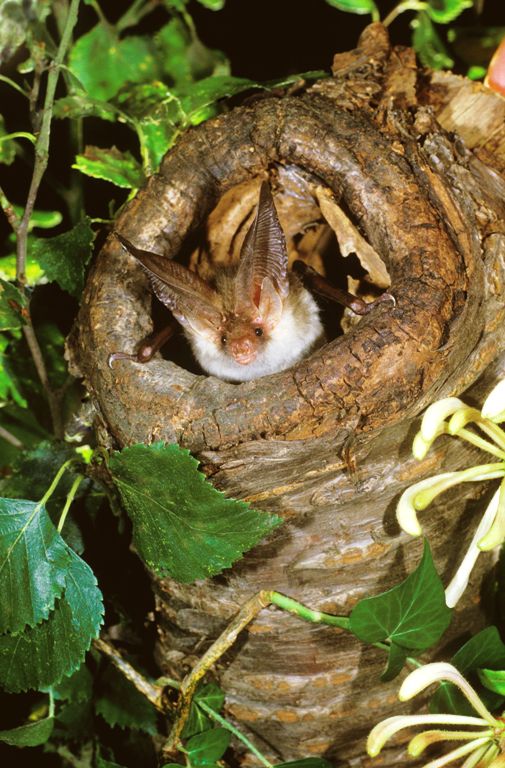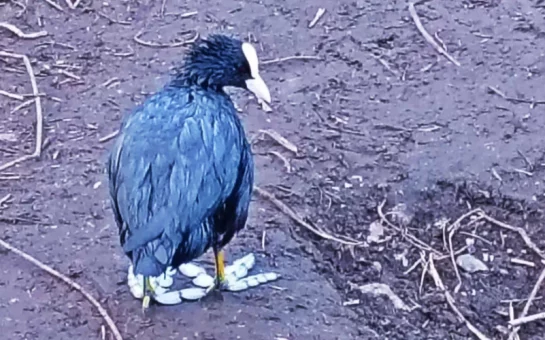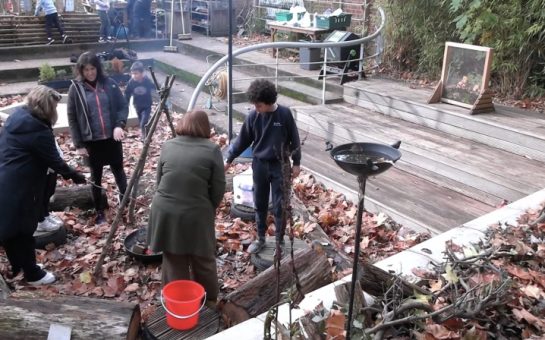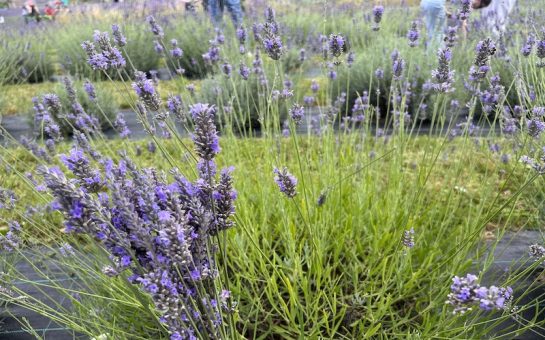Bats are on the agenda at the Nocturnal Winged Wonders event at The Natural History Museum in South Kensington.
The event is part of Batfest 2015, a collaborative project between the NHM and the Bat Conservation Trust, with the International Bat Weekend taking place on August 29-30.
Kit Stoner, joint chief executive of the BCT, said: “Although bats are now protected by law, they still face many pressures including the loss of roosting sites in buildings and trees, a reduction in feeding habitats and green corridors like hedgerows and treelines, and falling insect numbers.”
The public consultation phase two of the European Commission’s review of the Birds and Habitats Directives closed this weekend and more than 370,000 people have responded to the call.
The directives protect vulnerable species and habitats while balancing that need with social and economical requirements.
A total of 53 threatened bat species across Europe are protected, diluting this legislation will harm bats and other wildlife.
Wimbledon Common and Putney Common are both well-known for housing soprano, nathius and common pipistrelle as well as noctule and Daubenton’s bats.
Ms Stoner said: “Bat populations have declined significantly over the last century, most likely due to a combination of agricultural intensification, toxic timber treatment chemicals and pesticides, and habitat and roost loss.”
However, thanks to recent measures, many of the 18 species of bats breeding in the UK have grown by 40% since 1993.
Twitter user Dave Young said on Wednesday: “The south London skies are alive with wildlife I’ve not seen in these parts before.”
The Bat Conservation Trust encourages UK residents to make gardens more bat-friendly, by providing warm bat boxes and planting plants to attract moths and insects.
The Royal Horticultural Society has released a list of plants to attract night-flying insects on their website, specifying that white or pale coloured flowers are significantly more likely to be seen by nocturnal insects.
Visitors to the Natural History Museum’s event will enjoy crafts, face painting, bat box building, a meet and greet with bats from Sussex Bat Hospital and more.
To learn more about bats in your area, visit http://www.bats.org.uk/
Pictures © Hugh Clark/www.bats.org.uk





